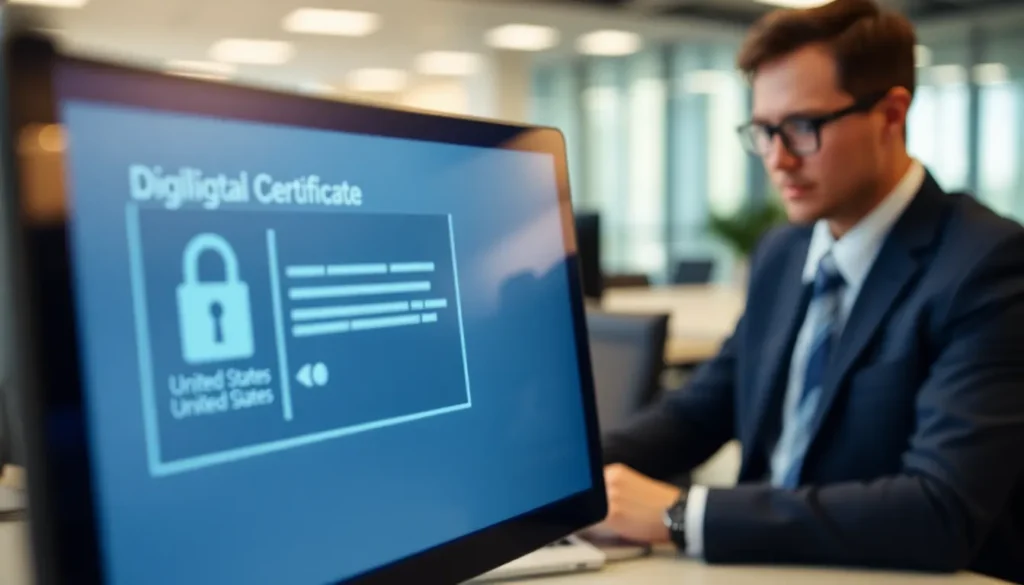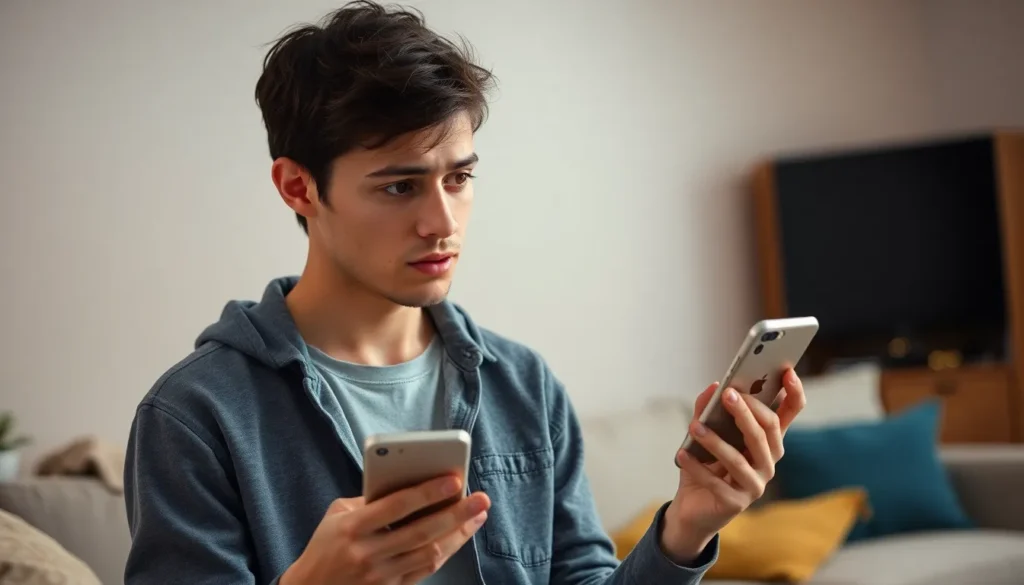Table of Contents
ToggleEver sent a text and felt like it vanished into the digital abyss? If you’ve ever wondered whether you’ve been unceremoniously blocked on an iPhone, you’re not alone. It’s a modern-day mystery that can leave even the most tech-savvy among us scratching their heads.
Understanding Blocked Numbers on iPhone
Blocked numbers on iPhone prevent the recipient from receiving calls, texts, and FaceTime requests. Recognizing the signs of being blocked clarifies communication issues.
What Does It Mean to Be Blocked?
Being blocked means that messages or calls sent to the recipient do not reach them. The sender experiences symptoms such as undelivered text notifications and calls that go straight to voicemail. Users may also notice a lack of read receipts for messages sent. This situation leads to confusion, especially if previous interactions occurred without issues. Confirmation of being blocked often requires additional context beyond these indicators.
How Blocking Works on iPhone
Blocking on iPhone functions by restricting the communication methods between users. When a number is blocked, all calls go directly to voicemail without ringing. Text messages appear to be sent from the blocker’s perspective, but they do not reach the intended recipient. Users can manage blocked numbers through the settings app under the Phone or Messages sections. This feature maintains the user’s privacy and prevents unwanted communications.
Signs You Are Blocked on iPhone

Identifying signs indicating that someone has blocked you on iPhone involves examining several behaviors in calls and messages.
Unusual Call Behavior
Calls to a blocked number go straight to voicemail. Users may notice their calls ringing once before being redirected. Consistent failed attempts to connect indicate potential blockage. If multiple calls result in the same outcome, suspicion can deepen regarding the status of the number. Voicemail greetings might sound standard, yet the absence of a response can confirm uncertainty.
Messages Not Delivered
Text messages sent to a blocked contact show as sent but lack delivery notifications. Users observe discrepancies when trying to communicate. Missing “Delivered” receipts suggest that messages fail to reach the intended recipient. Lack of responses following previous conversations increases doubt. Any sudden change in communication patterns might signal that blocking occurred.
Limited Interaction on FaceTime
FaceTime attempts to connect with a blocked number often fail. Users experience difficulties establishing video calls or receive a notification indicating the person is unavailable. Inconsistent connectivity during previous FaceTime sessions raises questions. A sudden stop in visual or voice interactions points towards potential blocking. Disruptions in communication demonstrate a shift in accessibility.
Confirming If You Are Blocked
Confirming whether someone has blocked communication requires careful observation of call and message statuses.
Checking Call and Message Status
Observing call behavior is key. When calls go straight to voicemail after ringing once, this indicates a possible block. Messages also provide clues. If texts appear sent but lack delivery notifications, it further suggests that the recipient may be blocking communication. Another sign appears with iMessages. If read receipts vanish or do not show, it strongly indicates a potential block. These combined signs may paint a clear picture of the situation.
Using Different Phone Numbers
Trying to reach out from a different number can clarify blocking suspicions. When contacting the person via another phone, immediate feedback on their response can help determine if the original number faces restrictions. Successful communication from a different number usually means the primary number is blocked. If calls and messages go through, it’s a strong indicator. Substituting numbers shifts the dynamics of communication, allowing individuals to assess their standing with the other party.
Additional Considerations
Understanding privacy settings can clarify why communication issues occur. Privacy settings on iPhones play a crucial role in how individuals interact. Contacts can choose to block calls and messages, which directly impacts conversations. Users should consider these settings if they notice unusual call or text patterns, sometimes resulting in missed connections. Unchecked restrictions might lead to misunderstandings regarding someone’s responsiveness.
Taking steps to address the situation is essential if someone suspects being blocked. Reaching out from another number often helps clarify suspicions. Individuals can determine whether calls and texts go through from an alternate phone. This method provides insight into the status of the original number. Additionally, maintaining open communication about potential issues promotes understanding. Engaging directly can sometimes resolve confusions before they escalate further.
Determining if someone has blocked you on an iPhone can be frustrating. By paying attention to call and message behaviors users can gather clues about their communication status. Signs like calls going straight to voicemail and texts showing as sent without delivery notifications are strong indicators.
If suspicions arise reaching out from a different number can provide clarity. Understanding privacy settings is also crucial in navigating these situations. Open communication can help resolve misunderstandings and foster better interactions. Ultimately being aware of these signs can empower users to address their concerns effectively.







